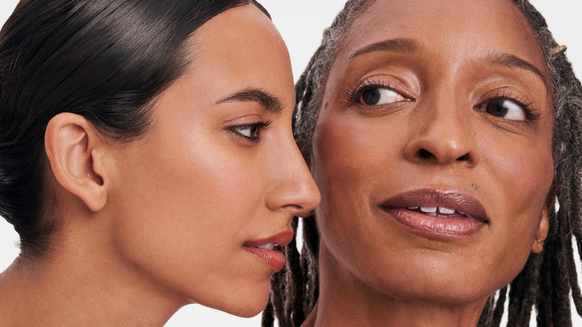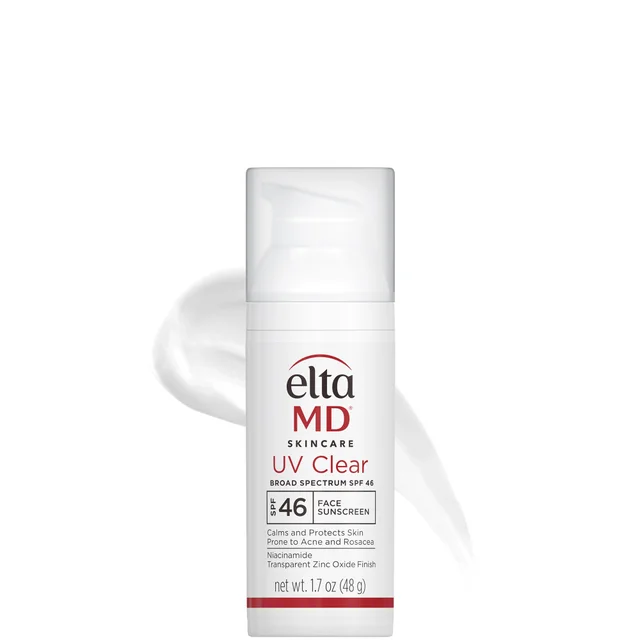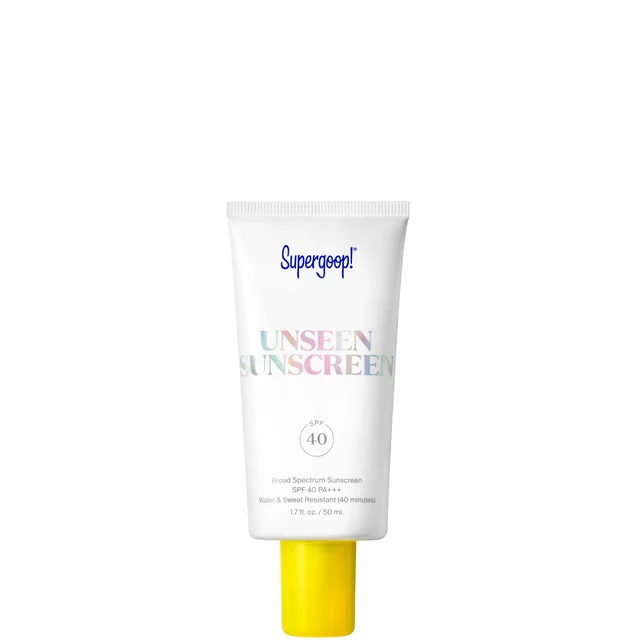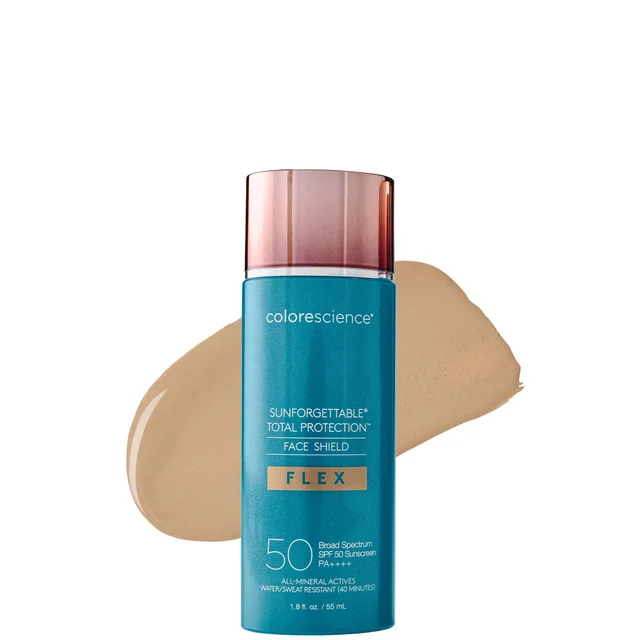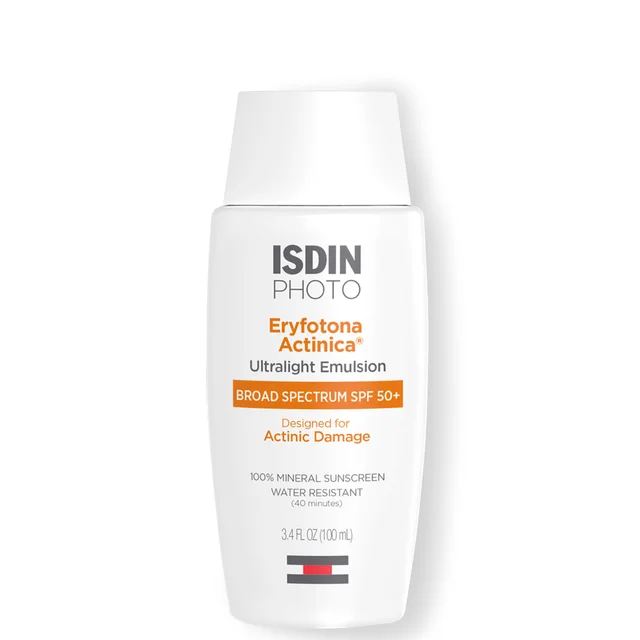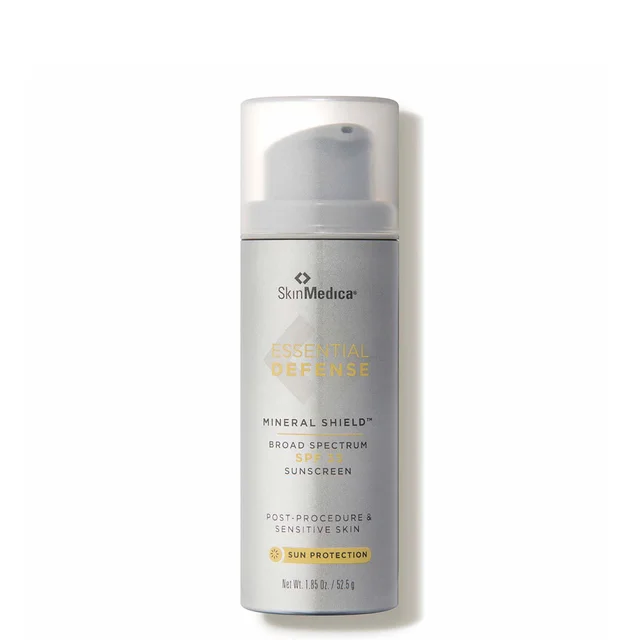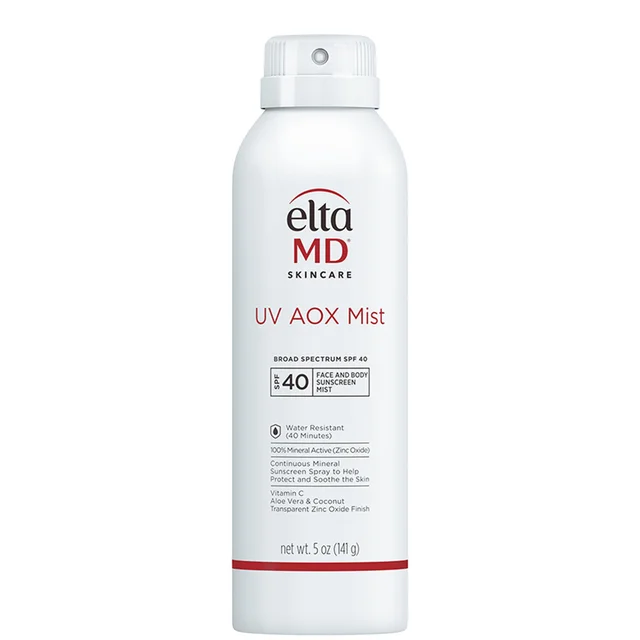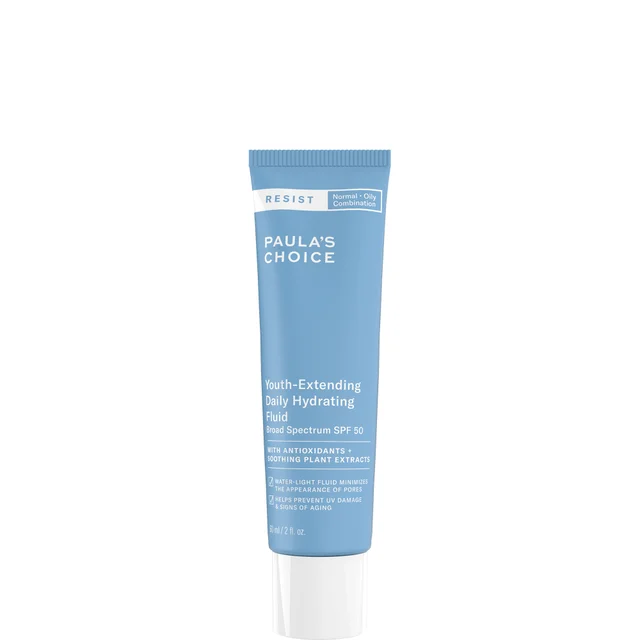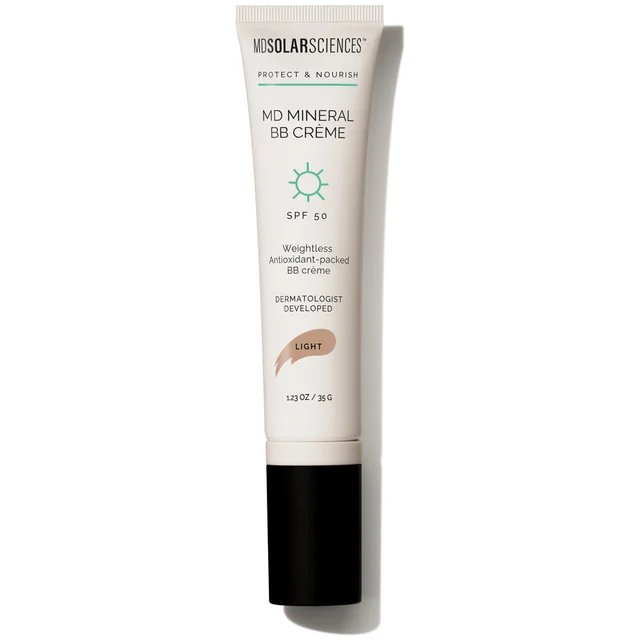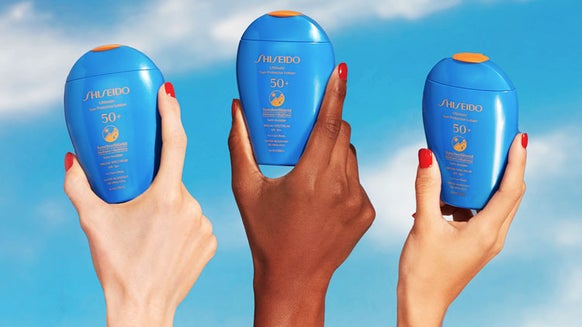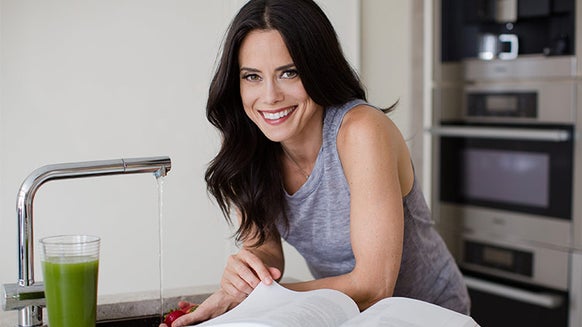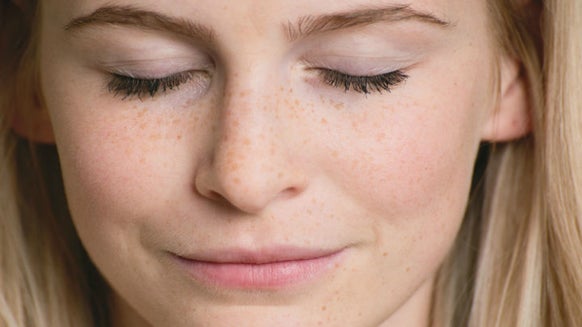What to Look for When Choosing Sunscreen According to Skin Care Experts
Whether it’s sun season or the middle of winter, there’s one skin care essential that should always be on top of your list: sunscreen. As advocates of healthy, youthful-looking skin, we’ll never get tired of stressing the importance of year-round sun protection. That’s because photodamage, or the harmful effects caused by UV exposure, is one of the primary causes of premature skin aging, melanoma, and other types of skin cancer.
But while it’s easy to understand the importance of applying sunscreen, choosing the right one can feel overwhelming because of all the information and considerations you need to keep in mind. After all, much like the rest of skincare, sunscreen is not a one-size-fits-all, and different skin types and concerns need formulas and ingredients that address their specific needs. So, to help you ensure you’re staying safe under the sun, here’s a list of what to look for in sunscreen and what formulas and ingredients will work best for your skin.
Table of Contents:
What to Look For When Buying Sunscreen
Choosing the right sunscreen isn’t always as easy as grabbing the first SPF you see on the skincare aisle. For starters, you’ll want to make sure your sunscreen-of-choice can protect your skin from both UVA and UVB rays while also being able to withstand sweat and water exposure. Below is a list of essential sunscreen considerations as recommended by the American Academy of Dermatology (AAD) and skincare experts.
The Right SPF
Sun protection factor or SPF refers to your sunscreen’s ability to protect your skin against UVB rays, so it’s commonly assumed that higher SPFs equal stronger protection. However, experts say that’s not necessarily the case. “When customers see a product marketed as an SPF 100+, some may think that means they’re protected from 100 percent of the UVB rays, or that the product will work all day. There’s no such thing as total sunblock—and all products must be reapplied in accordance with the FDA guidelines,” explains Dr. Diane Berson, a dermatologist and member of the MDSolarSciences Scientific Advisory Council.
According to the AAD, you should choose at least an SPF 30 sunscreen for daily use as it can filter up to 96.7 percent of UVB rays. But if you are fair-skinned, engage in outdoor activities, or have a higher risk for skin cancer, an SPF 50 sunscreen is your best bet. It can shield your skin from 98 percent of UVB rays and provide some room for error in case of under-application.
Broad-Spectrum
SPF values only indicate your sunscreen's coverage against UVB rays, which is why it’s important to make sure your sunscreen is also labeled as broad spectrum. A broad spectrum sunscreen means it offers protection from both UVB and UVA rays, which have longer wavelengths and can penetrate deeper into the skin.
Sunscreen Formulation
These days, sun protection comes in all shapes, sizes, and formulations—from lotions and creams to gels, sprays, and even powder. Ultimately, choosing the right formulation boils down to your personal preference and skin type, especially since sunscreen isn’t an apply-and-forget type of deal. You’ll want to pick a sunscreen that’s convenient for you to apply, reapply, and carry around throughout the day.
Additionally, consider your skin type. If you have dry skin, opt for creams and lotions to help your skin stay moisturized. Lightweight gels or powders with a matte finish are good for oily skin to help keep shine under control. Meanwhile, mineral, non-comedogenic, and hypoallergenic formulas are recommended for sensitive and acne-prone skin.
Water Resistance
No sunscreen is truly waterproof, but they can be water-resistant. Experts recommend opting for water-resistant sunscreens, especially if you’re swimming or sweating excessively from exercise or sports. According to the AAD, sunscreens can only be water-resistant for either 40 or 80 minutes, so make sure to reapply them consistently afterward.
Chemical vs Mineral Sunscreens
Sunscreens fall under two different types, chemical and mineral, and their main difference lies in their active ingredients. Chemical sunscreens, as the term implies, rely on a cocktail of chemical ingredients that work hand-in-hand to protect the skin from UVA and UVB rays. They absorb and degrade UV light and create a chemical reaction that turns them into heat before releasing it from the body.
Meanwhile, mineral or physical sunscreens harness the natural UV filtering properties of titanium dioxide and zinc oxide. These mineral blockers form a layer of protection on the skin that filters and deflect UV rays away from the body, much like a mirror that reflect light.
While both types of sunscreens are effective against UV radiation, most experts prefer mineral sunscreens over chemical ones because they are photostable, have a natural and broader UVA and UVB coverage, and work as soon as they are applied.
Your Level of Sun Exposure
Your level of sun exposure varies depending on your activities, the time of day, geographical location, and the UV index. If you frequently engage in outdoor activities for hours at a time or live in an area close to the equator, it’s best to choose an SPF 50 sunscreen to compensate for your level of sun exposure and adjust the frequency of reapplication.
What Ingredients to Look For in Sunscreen
Active ingredients in sunscreens can vary depending on type. Physical or mineral sunscreens make use of ingredients that block or reflect sunlight, while chemical sunscreens are formulated with chemicals that convert UV radiation into heat and release it from the body.
For physical sunscreens, the ingredients you should look for are:
Titanium dioxide: Titanium dioxide’s light-scattering properties make it ideal as a protective barrier between your skin and harmful UVA and UVB rays. Classified as GRASE (generally recognized as safe and effective) by the FDA, it has been approved for use in children older than six months and is recommended by dermatologists and skincare experts for all skin types, including those with sensitive skin. Zinc oxide: Zinc oxide is the second of only two GRASE-classified sunscreen ingredients by the FDA. It is naturally broad spectrum, meaning it can filter both UVA and UVB radiation, with zero evidence of skin penetration. Aside from being an effective UV shield, zinc oxide is also known for its skin-healing, non-comedogenic, antimicrobial, and anti-inflammatory properties.
Titanium dioxide and zinc oxide are often used together in the same sunscreen formula to further enhance each other’s sun-protecting capabilities. Both ingredients have a proven safety profile (both for the skin and the environment) with a rare chance of causing unwanted irritation, which is why they’ve consistently earned the approval of skincare experts.
On the other hand, the most common chemical sunscreen ingredients include:
Avobenzone: While avobenzone provides protection from UVA rays, it is photounstable and needs to be combined with stabilizing ingredients to prevent it from breaking down. When used on its own, it can lose 50 to 90 percent of its UV-protecting molecules within one hour of sun exposure. The FDA approves the use of avobenzone in sunscreen products but limits the amount to three percent in the total formulation. Octinoxate: Octinoxate is used in chemical sunscreens as a UVB radiation absorber, preventing sun damage on the skin’s surface like sunburn and blisters. Sunscreen formulas are allowed to have up to 7.5 percent of octinoxate, but recent studies on the environmental impact of sunscreens have led to the banning of the ingredient in Hawaii and Key West, Florida. Homosalate: An organic compound that belongs to a class of chemicals called salicylates, homosalate works by absorbing UVB rays before it can cause damage to the skin. While studies on the side effects of homosalate remain inconclusive, some research point out to the possibility that it can disrupt hormone function. Oxybenzone: Oxybenzone is a commonly used sunscreen ingredient, but it’s also one of the most controversial. The concern primarily comes from oxybenzone being absorbed by the skin and ending up in the bloodstream. In a 2017 review, evidence was found on the link between oxybenzone exposure and adverse reproductive outcomes, which also affects birth. At present, the FDA allows up to six percent of oxybenzone in sunscreen formulas, although the ingredient has already been banned in several countries and the State of Hawaii.
Opt for a Mineral Sunscreen
Why? For one, some chemical sunscreen ingredients have been found to have potential health and environmental risks. Octinoxate, homosalate, and oxybenzone, for example, are classified as endocrine disruptors and can also cause skin reactions and allergies. Not to mention, these ingredients have been linked to coral bleaching.
Mineral sunscreens, on the other hand, are generally deemed safer and gentler for all skin types. Unlike their chemical counterparts, zinc oxide and titanium dioxide don’t penetrate your skin and don’t end up in your bloodstream. Instead, they sit on top of your skin and form a protective shield that filters and reflects UV rays away from your skin. And because mineral sunscreens use physical blockers, that means they work as soon as they are applied, have a longer shelf-life, and lasts longer under direct UV light.
Additional Sunscreen Ingredients
While a sunscreen’s main job is to ensure sun safety, it doesn’t mean that’s all they can do. In fact, the best sunscreen products also come with multitasking ingredients that help stop premature skin aging on its track, increase your protection from environmental stressors, and improve moisture and hydration.
Green tea and vitamins C and E, for example, are known for nourishing the skin, minimizing signs of aging and dark spots, and providing antioxidant benefits to quench free radicals and fight off oxidative stress. And when added to sunscreen formulas, these synergistic ingredients enhance and support your sunscreen’s efficacy with their natural sun-shielding properties.
Hydrating and moisturizing ingredients like hyaluronic acid, niacinamide, and ceramides help to prevent transepidermal water loss (TEWL) and ensures your skin maintains its plumpness and healthy glow even when under the sun.
Likewise, ingredients like aloe and cucumber extract not only help moisturizer the skin but also provide a soothing and cooling effect on skin that’s been exposed to the sun and help relieve sunburn.
Titanium Dioxide and Avobenzone
When it comes to sun protection, titanium dioxide ranks at the top of best sunscreen ingredients. Its natural broad-spectrum properties protect the skin from both UVA and UVB rays without the risk of irritation and other unwanted side effects. Like its partner zinc oxide, titanium dioxide is non-comedogenic and gentle on the skin, making it a great sunscreen ingredient to look for if you have sensitive skin. One important thing to note, however, is that titanium dioxide is less effective in shielding against long-wave UVA rays than short-wave UVA and UVB, which is why it’s often used with zinc oxide to achieve comprehensive sun protection. And because it sits on top of the skin, some formulas can leave a white cast that can be a turn-off for some users.
As for avobenzone, this chemical sunscreen mainstay offers protection from the full range of UVA rays. However, because it’s unstable under UV exposure, it works best with other ingredients that improve its stability and efficacy in broad spectrum formulas. While some studies point to the possibility that avobenzone has hormone-disrupting side effects, it’s still allowed in sunscreen formulas as long as it’s within the FDA limit.
Avoid Harsh Ingredients
We know by now that not all sunscreens are created equal. Along with safe, gentle, and effective ingredients, some chemical sunscreens also come with controversial that may impact your overall health and the environment. That’s not to say that all chemical sunscreens are bad. It is, however, important to be well-informed and meticulous to make sure you’re not unknowingly exposing your skin (and the environment) to harmful chemicals.
While ingredients like oxybenzone and octinoxate have not been fully banned in the U.S., it doesn’t hurt to stay on the safe side and heed the advice of skincare experts and steer clear of potentially harmful ingredients.
The Bottom Line
Sun protection plays a significant role in maintaining healthy skin year-round, which is why it’s crucial to choose a sunscreen that meets your needs, preferences, and lifestyle. For the most comprehensive sun protection, consider the factors that contribute to your sunscreen’s effectiveness in defending your skin from sun damage. These include SPF value, broad spectrum UVA and UVB protection, water resistance, formulation, level of sun exposure, and sunscreen type.
While both chemical and mineral sunscreens shield your skin from UV damage, many skincare experts give physical or mineral sunscreens the edge as they are naturally broad spectrum, gentler and safer on the skin and the environment, and work quickly.
When it comes to sunscreen ingredients, it’s always good to dig deeper and get to know the ingredients listed on the label. By staying informed, you can avoid certain sunscreen chemicals that may pose a threat to your skin and overall health. It’s important to note, however, that regardless of type, sunscreen must be applied and reapplied as directed to ensure optimal results.

Janeca Racho is a Journalism graduate with over 15 years of writing experience. After getting her start in public relations and advertising, she made the switch to freelance writing and began working for various lifestyle, fashion, and travel brands. Her love for all things skincare has led her to beauty reporting and research for the last ten years. Writing for several hair and beauty blogs, she reports on anti-aging staples, trending brands and products, must-have ingredients, and health and wellness.
Related Posts
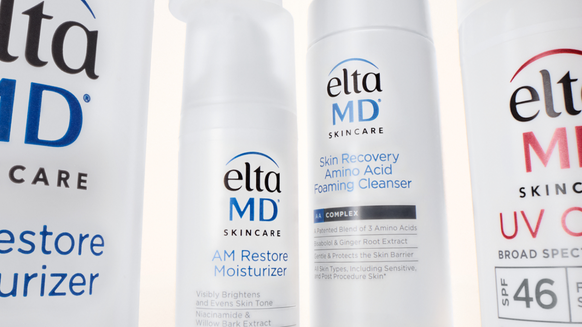
How to Pick the Best EltaMD Sunscreen for You for the Ultimate Sun Protection
